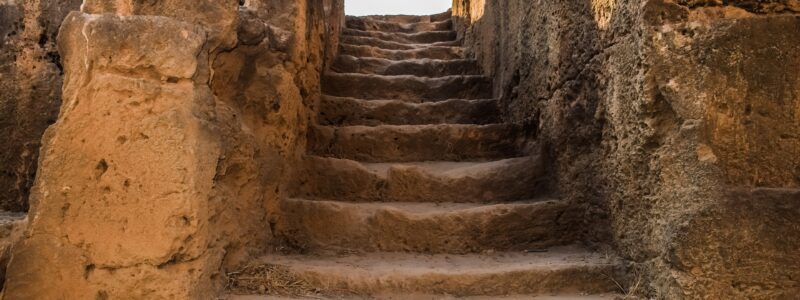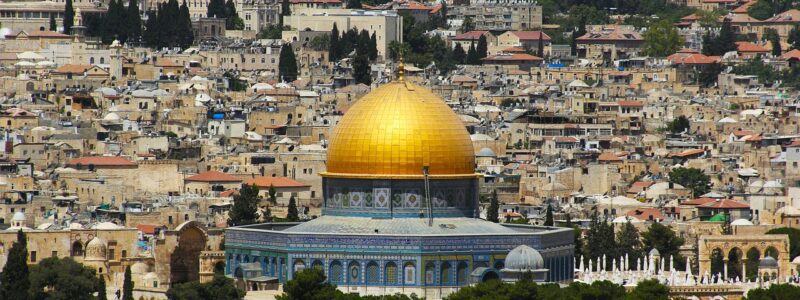Labayu Letters
The Labayu letters are important in establishing the historicity of the Old Testament – especially some of its most contested parts. There are 382 preserved letters from the Egyptian city of Amara. About 150 of these letters were written from Canaan to the Egyptian pharaoh Amenhotep at around 1400 BC.
Three of these letters were written by Labayu who was the king of Shechem while several others were written by other local rulers accusing Labayu of being an ally of the hated Habiru.
The Habiru was an ancient designation of a people who first appeared in the 18th century BC and then vanished as a reference in the 11th century BC. Throughout the Amara letters, The Habiru were described as people who were constantly attacking the city-states in the country of Canaan. These Habiru are understood to represent people outside of the mainstream society that was led by a strong leader.
The term was not necessarily an ethnic description, the possibility that the Habiru may represent the Hebrew described in Scripture. The reasons for this seem obvious, including the similarity of name, the same timeframe as the Canaanite conquest by Joshua, and the militarized nature of the group.
The Labayu Letters – EA289
The one letter from Abdi-Heba of Jerusalem asks,
are we to act like Labayu when he was giving the land of Shechem to the Habiru?
The sons of Labayu were also confused about working with the enemy rather than fighting their conquest of the area. However, when the word got to Labayu that he was being accused of working with the pharaoh’s enemy, we write back denying these charges from his fellow rulers.
It is likely that Labayu was working both sides against the middle by telling the pharaoh he was a loyal servant, while in fact giving territory up to the Habiru. Your life might be shortened considerably if you actively worked with the pharaoh’s enemies.
Shechem
Shechem was an interesting city in ancient Israel. It sits between two important mountains – Mt. Gerizim and Mt. Ebal – which are now both located in the West Bank. These were the two mountains upon which the people of Israel were told they would be blessed if they followed God (Mt. Gazirim) and cursed if they did not (Mt. Ebal). The valley between two mountains formed the ancient city of Shechem.
Archaeological excavations of Shechem show the city was never destroyed during the Joshua conquest which is consistent with the Biblical account. The Amara letters record that Shechem was given to the Habiru people and did not need to be conquered.
This means that the Biblical account of Schechem agrees with the account from the Amara letters.
Biblical Description of the two mountains;
All Israel with their elders and officers and their judges were standing on both sides of the ark before the Levitical priests who carried the ark of the covenant of [Yahweh), the stronger as well as the native. Half of these stood in front the Mount Gezirim and half of them in front of Mount Ebal. (Joshua 8:33)
Summary
Modern archaeology in Israel is proving the historicity of the Old Testament again and again. Minor details such as the preservation of the ancient city of Schechem as the inhabitants of the land did not right against the Hebrews (Habiru) as they occupied the land.
Ancient artifacts are showing up all throughout Israel but particularly in Jerusalem where excavations have found the ring of Isaiah the prophet, of ancient king Hezekiah, along with many other artifacts we are documenting here.



